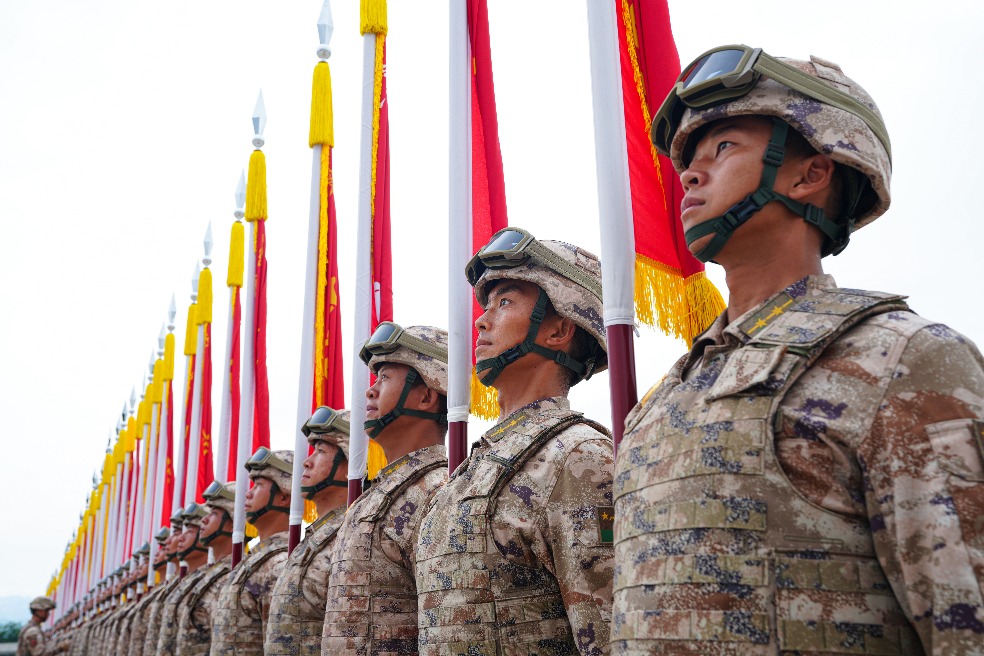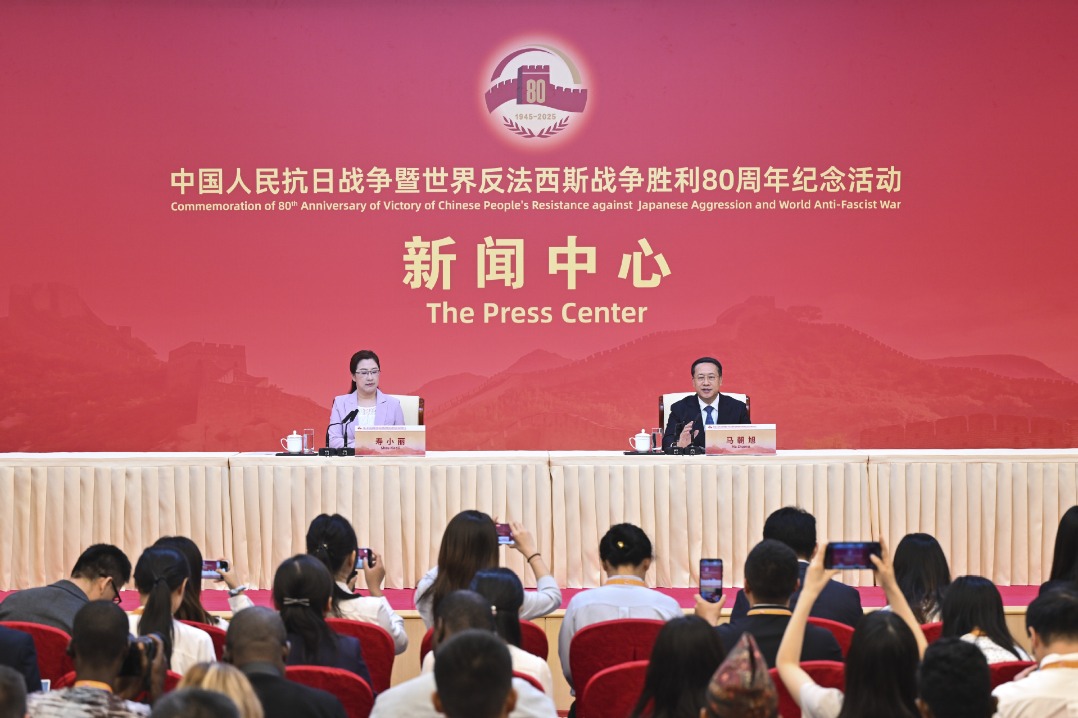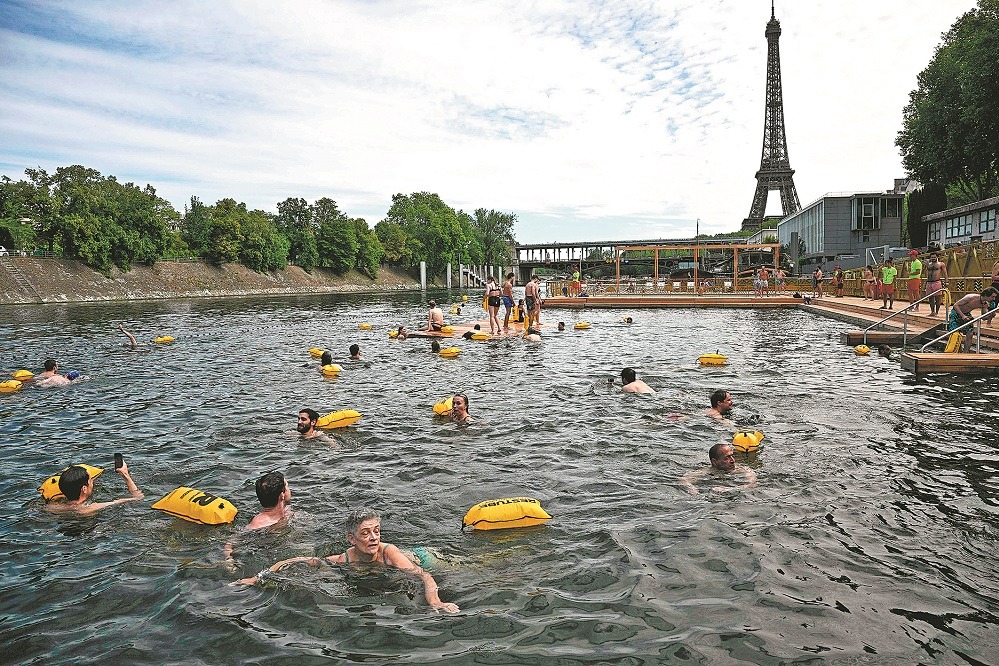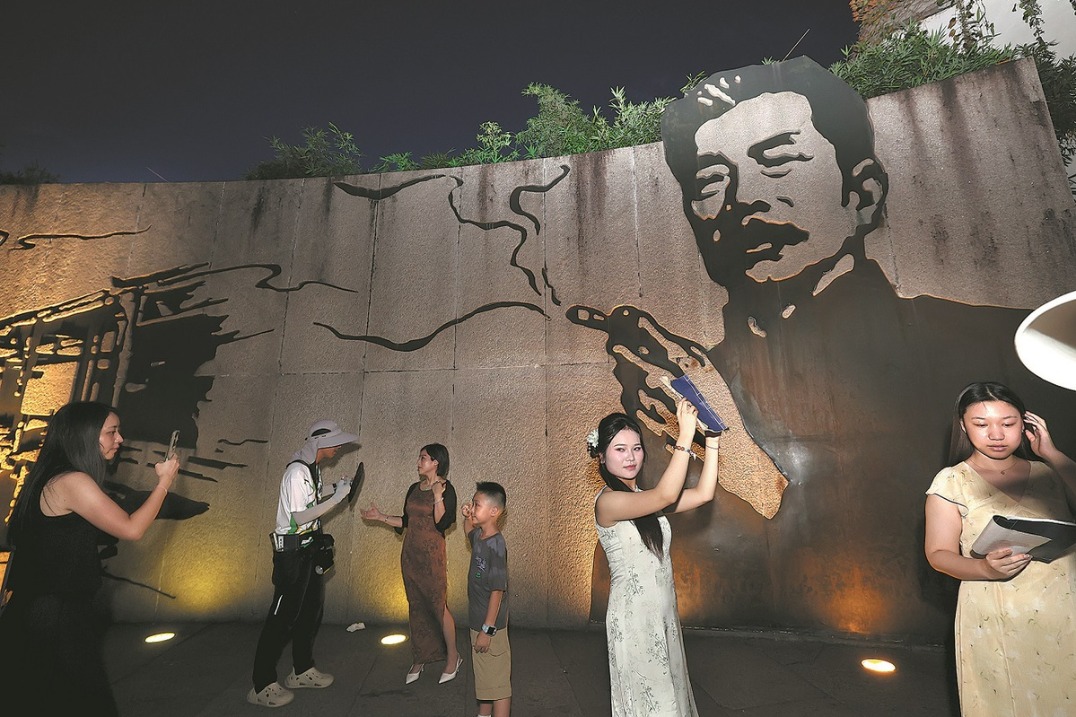Path of history
Pingyao is a fine example of the well-preserved Han civilization. Plans are afoot to further protect local heritage, report Yang Feiyue in Beijing and Sun Ruisheng in Taiyuan.

Editor's note: China is home to 56 UNESCO World Heritage sites. To find out how these natural and cultural gems still shine and continue to inspire the nation in this new era of development, China Daily is running a series of reports covering 10 groups of selected sites from across the country. In this installment, we travel back in time to the bustling, crisscrossing lanes of the ancient town of Pingyao in Shanxi province.
Guo Chengxian is ecstatic. His ancestral home in Pingyao-a small, two-story building that is more than three centuries old-has received a new lease of life. The county government has offered a subsidy of 67,000 yuan ($9,990) to help restore the parts of the property most desperately in need of repair.
"Now, I can continue to live here without worries," says Guo. He is among many locals who have benefited from the county's restoration and renovation drive for traditional dwellings since 2012. The government offers two-thirds of the renovation costs while the owners bear the rest.
By conservative estimates, the local administration has invested 15 million yuan over the past decade to fix more than 100 historical buildings.
The walled town of Pingyao is tucked away in the city of Jinzhong in North China's Shanxi province, half an hour by high-speed train from the provincial capital of Taiyuan.
Pingyao is famous for its urban planning and well-preserved architecture from the Ming (1368-1644) and Qing (1644-1911) dynasties.
Ancient temples, along with old-fashioned streets, shops and houses, grant a fascinating insight into the architectural style of cities built by the Han people in central China from the 14th to the 20th centuries. The nearly 4,000 quaint shops and homes are not just visually pleasing, but also bear testimony to the town's economic prosperity throughout the 19th century until the early 20th century, when it was the financial nerve center of the country.
Founded in the 14th century, Pingyao reached the peak of its prosperity with the rise of the Shanxi merchants. "It became the country's economic lifeline under Emperor Xianfeng (1831-61)," says Lei Yaxian, head of Pingyao's cultural relics bureau.
Unfortunately, the town didn't have what was required to develop lasting industries. An acute shortage of water was its biggest hurdle. Its regional trade advantage was also undermined by the development of modern transportation.
By the 1970s, Pingyao had been reduced to ruins, with only three of its original 72 watchtowers standing. Run-down dwellings, vehicle boneyards and a thick layer of charcoal covering everything didn't help in painting a pretty picture either.
By the early 1980s, the ancient town was on the verge of disappearing from the map when the authorities decided to raze everything to the ground. However, the plan was called to a halt by experts, including Tongji University professor Ruan Yisan, who believed it would be a terrible injustice to bulldoze such a colossal amount of history.
In 1986, the State Council labeled Pingyao "a Chinese historical and cultural city" and a comprehensive preservation plan was drawn up. Subsequently, the local administration divided historical buildings into four categories, says Cao Changzhi, deputy director of the historical and cultural city committee of the Chinese Society for Urban Studies.
According to Cao, some buildings were preserved to become visitor attractions, while others were adjudged to have practical uses. Traditional residences were turned into hotels, tea rooms and wine houses to offer tourists a taste of the distinctive local lifestyle, while homes of historical figures, such as that of financial legend Lei Lyutai, became memorials or museums.
In December 1997, Pingyao was named a UNESCO World Cultural Heritage Site. A string of international events followed, such as the Pingyao International Photography Festival, which debuted in 2001. The inaugural event drew 40,000 visitors. The annual festival has since evolved to become a cultural bond between the ancient town and the rest of the world.
In 2013, director Wang Chaoge produced a gala, Encore Pingyao, where audiences were invited to walk around, enjoy live performances and interact with actors. The stage show was performed three to four times a day, and its annual income soon surpassed 100 million yuan.
In 2017, film director Jia Zhangke rolled out the Pingyao International Film Festival. Tourist footfall surged from 50,000 in 1997 to 17.65 million in 2019, says Guo Xiaoyun, head of the Pingyao culture and tourism bureau.
Lei Cailing has got the full measure of the significant changes in local tourism. She turned a former Shanxi merchant's courtyard into a homestay in 2001. Decorative balls made of red silk, beautiful lanterns, paper patterns on wooden windows and bright quilts on wood-framed beds come together to offer a quaint charm.
Lei Cailing has several patrons who come and stay in Pingyao for a few days every year. Exploring the ancient town on foot, getting to know its intangible cultural heritage, chatting to locals and enjoying some leisure time at bars in the tight network of alleys, never loses its appeal for them.
Lei Yaxian says that more than 35.5 million yuan has been spent to repair more than 10 sections of the inner wall of the town since 2016.
The internal part of the wall features a rammed earth construction-using compacted earth, chalk, lime and gravel-with an outer layer of brick. "The rammed earth will be replenished (during restoration) so that the town can retain its original look," says Shao Shuai, an architect who has been maintaining Pingyao's wall for a decade.
Beneath the boundary wall, an ambitious infrastructure project is underway to upgrade power, telecommunication, sewage and gas lines. This year, the local authorities have also prepared a blueprint for Pingyao's future. All damaged sections of the wall will be renovated by September, a law to protect the local lacquer art will be drafted and an exhibition hall for the town's intangible cultural heritage will be built.
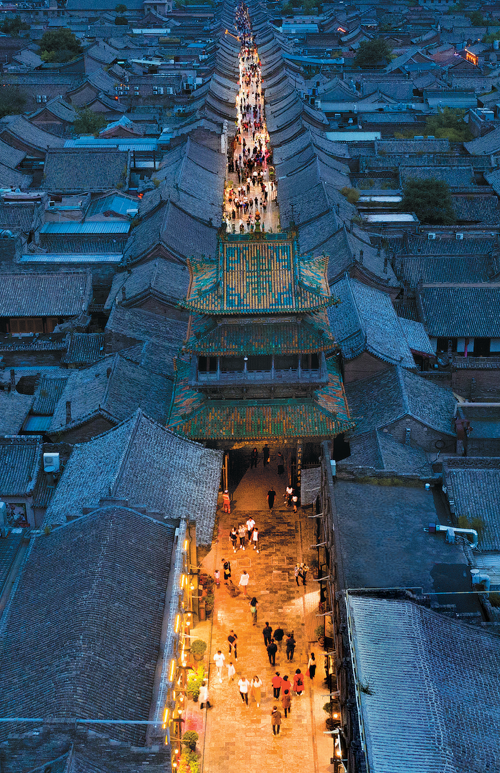

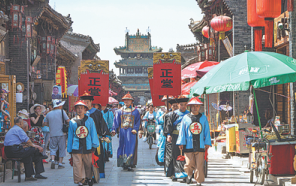
Today's Top News
- Strong Kazakh-Sino ties key to successful cooperation
- East–West concert honors war's victims
- Qingdao-based area emerges as rising hub for regional growth
- Port city ramping up educational resources
- Leadership highlights ethnic unity
- Xi stresses persistent efforts to improve Party conduct


















